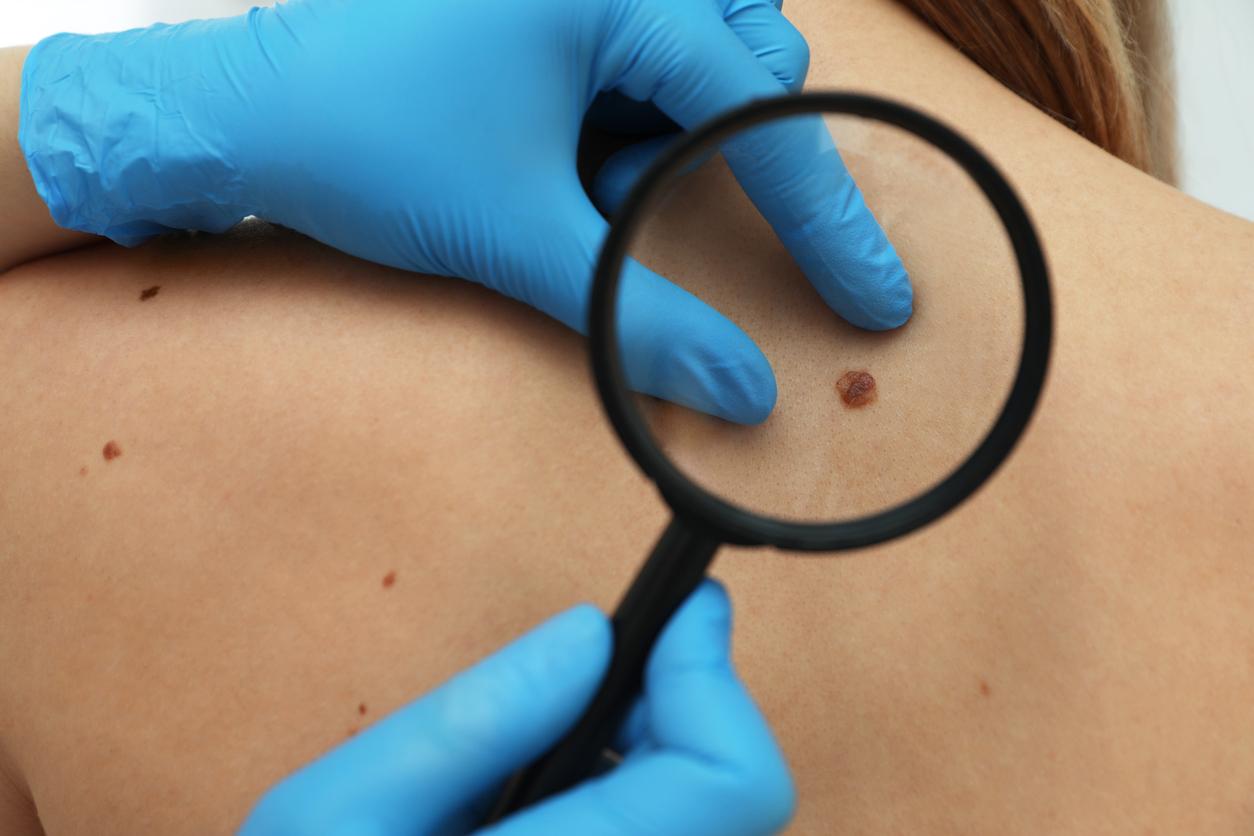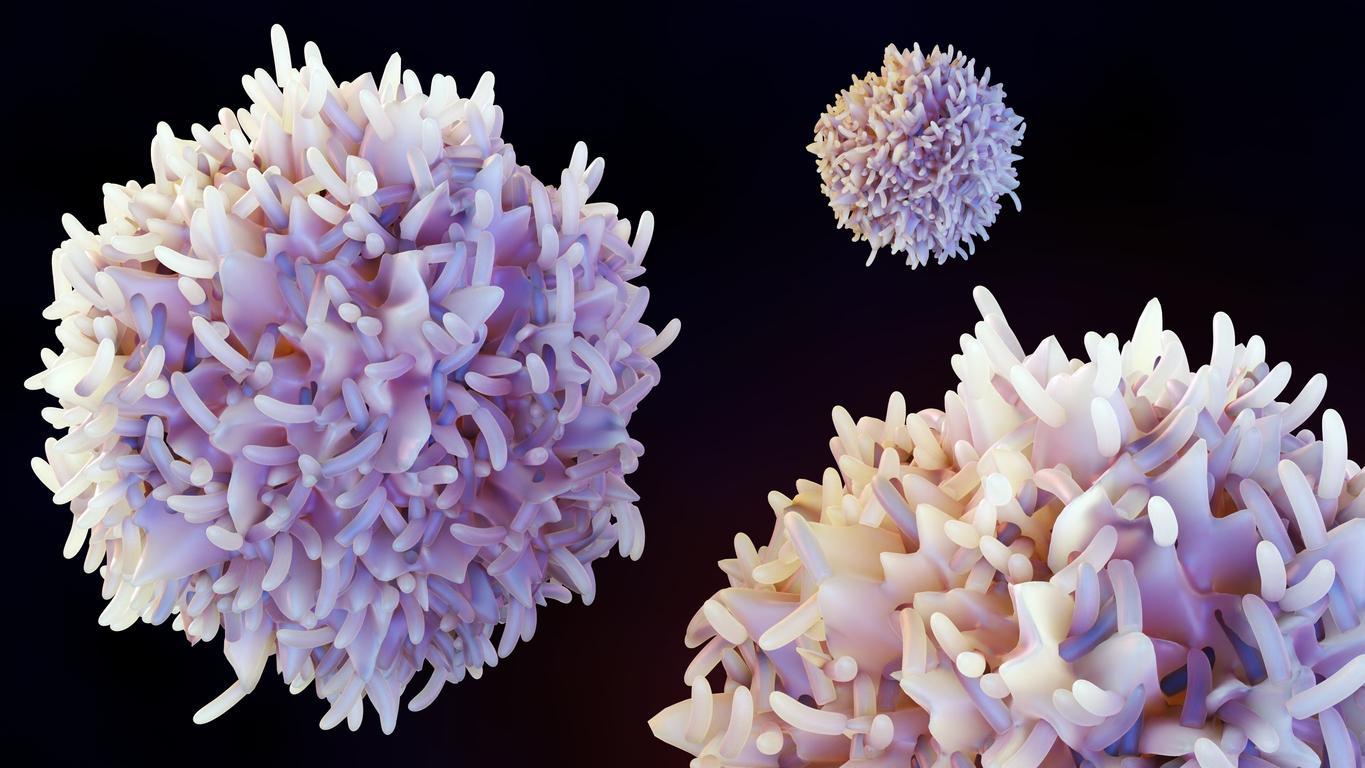Screening is free during Skin Cancer Prevention Week. Whyctor helps you spot suspicious spots.

It affected 14,325 people, and killed 1,773 in 2015. Cutaneous melanoma is one of the cancers whose incidence and mortality have increased sharply since the 1980s. Exposure to the sun, but especially the development of UV lamp tanning centers are responsible for the wear and tear of our sun capital, and promote the appearance of cancerous lesions.
The National Union of Dermatologists-Venereologists is piloting the week for the prevention and screening of skin cancer. From May 15 to 19, it provides an appointment-making platform for free screenings. A recurring operation which, in the last edition, detected nearly 2,650 cancerous lesions.
The progression of melanoma can be very rapid. While a visit to a dermatologist is the best solution to ensure a correct diagnosis, it is also possible to detect suspicious spots yourself. Melanomas, but also carcinomas and keratoses, can often be spotted by patients themselves.
Monitor moles: ABCDE
And the first source of concern, justified, remains moles. While most of the time they are perfectly normal and harmless, some cancers can blend in.
Dermatologists have invented a mnemonic to evaluate them yourself: the ABCDE rule, for Asymmetric, Edges, Color, Diameter and Evolution. A stain that presents one of the following characteristics is then suspect: Asymmetry, Irregular edges, Inhomogeneous color, Increasing diameter, or Rapidly evolving. Generally speaking, a person’s moles are similar. A different task must therefore, in any case, alert.

Information brochure of the National Union of Dermatologists-Venereologists on Melanoma
Melanoma is not everything
But melanomas, while they are the most aggressive skin cancers, are not the only ones to watch out for. Basal cell carcinomas are the most common in adults. They most often appear on the areas most exposed to the sun (head, face, neck).
Pimples, white or red on fair skin, rather brown on darker skin, painless and very hard, can characterize them. Their surface is often crossed by small vessels, and can bleed easily. They are also sometimes mistaken for scars, or small lesions that do not heal.

Example of basal cell carcinoma (Euromelanoma)
This type of lesion, forming a crust that does not dry out, can also indicate the presence of a squamous cell (or squamous cell) carcinoma, which is rarer, but more aggressive. They are often preceded, especially in the elderly, by keratosis. They manifest as brown / red crusts a few millimeters to a few centimeters in diameter. They are not cancerous in themselves, and sometimes regress spontaneously, but must be treated because they predispose to squamous cell carcinoma.

Squamous cell carcinoma (Euromelanoma)

Keratosis (National Union of Dermatologists-Venereologists)
Risk factors
Skin cancers can affect anyone, but are more common in some populations. People with fair skin, blond or red hair, are more at risk. The presence of freckles, many moles, especially if they are large, and the existence of skin cancers in the family increase the risk factor, such as the amount of sun received (number of sunburns , professional activity outdoors, etc.).
Dermatologists also advise taking pictures to monitor the development of suspicious spots. They will allow patients to better analyze it, and practitioners to have an idea of their evolution, during a consultation.
Mobile applications have been developed to aid in self-testing. For example, the Institut Gustave-Roussy (Villejuif) has created iSkin, available on ios and Android. It allows you to take pictures and store them in anticipation of a consultation, but also to make an appointment directly with a dermatologist.
.















